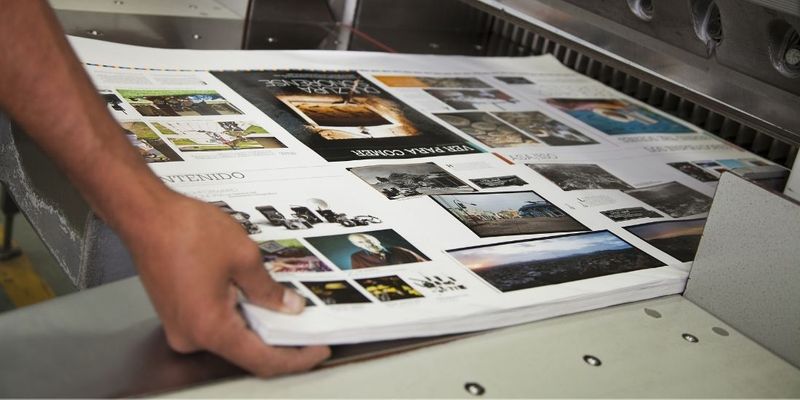Despite all appearances in our modern digital era, a variety of types of paper are still utilized daily. Now more than ever, there are different kinds of paper available for a wide range of uses. Without a doubt, kids still use coloring books, students use schoolbooks, and employees and businesses use paper in office work or for marketing strategies.
If you’re personally making considerations for choosing paper for printing, you know there are a lot of factors to consider. Paper has unique characteristics that set one type apart from another. Consider the kinds of paper that surround you every day or the papers that you have held in your hands before. They’re all different sizes and weights with various sheens and brightness. Let’s take a closer look at these properties.

